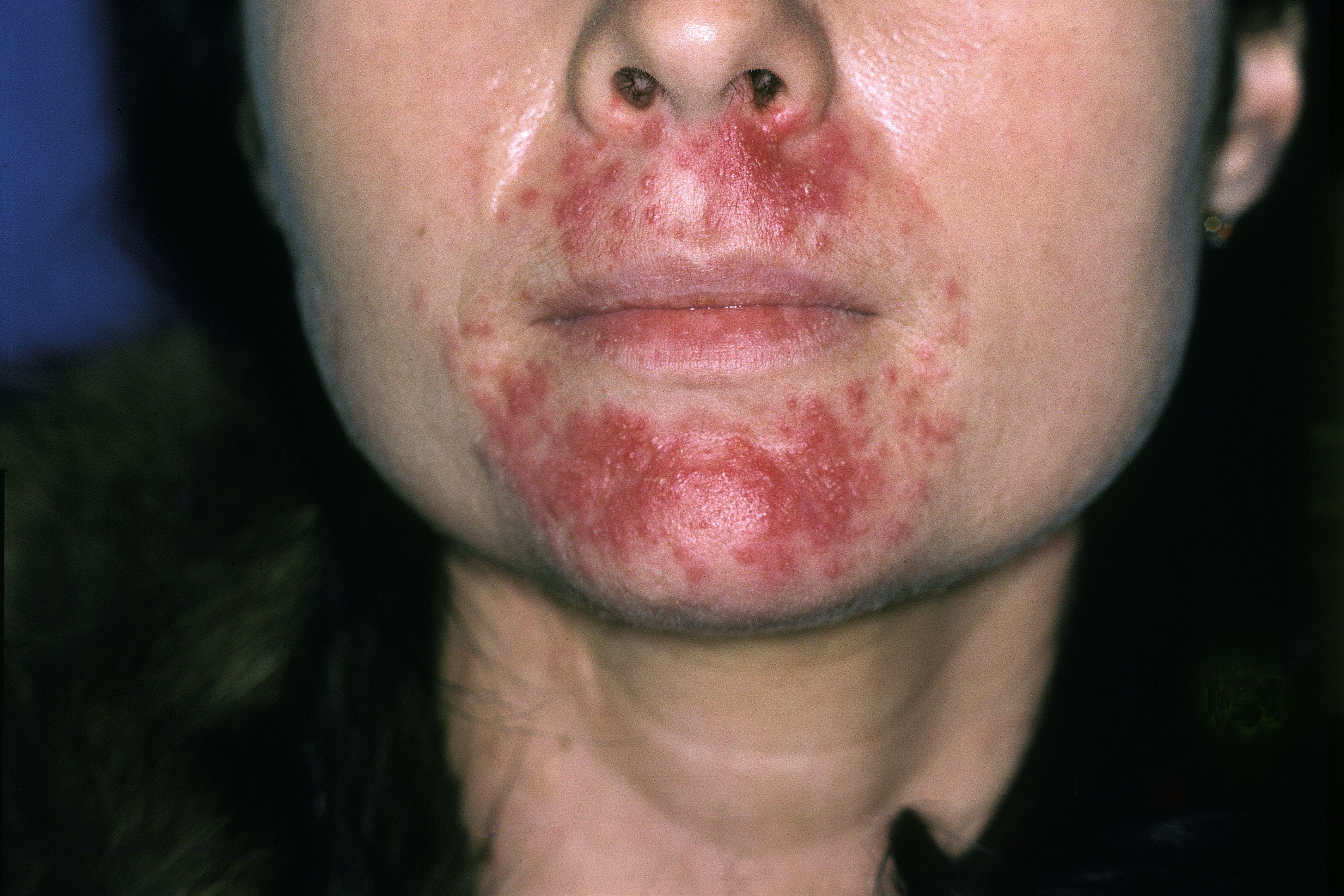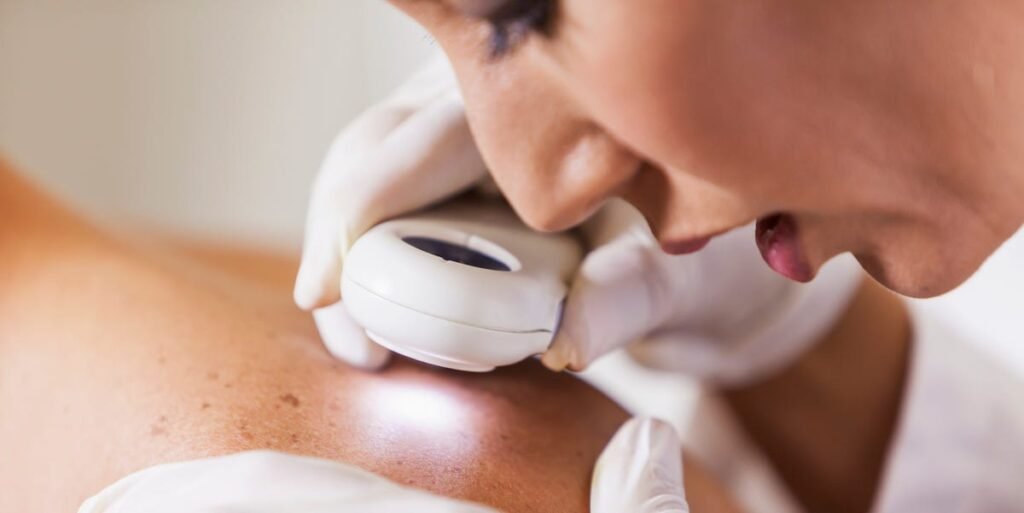Understanding Misdiagnosed Skin Conditions: Common Challenges and Insights
When it comes to skin health, many individuals assume that a visit to the dermatologist will provide immediate clarity. However, skin issues can often mimic one another, making accurate diagnosis a daunting task. Dr. Ivy Lee, a dermatologist based in Los Angeles, highlights the complexities inherent in dermatology. "Two conditions can present similarly," she explains. "Little details, such as recent changes or reactions to home remedies, play a crucial role in differentiation."
If you’ve ever doubted a diagnosis regarding your skin, you’re not alone. Here are four frequently misdiagnosed skin conditions that patients and doctors grapple with.
1. Hidradenitis Suppurativa (HS)
Hidradenitis suppurativa is characterized by painful lumps under the skin, stemming from blocked hair follicles. Dr. Lee notes that HS is often confused with acne or folliculitis. What complicates matters is the common location of these bumps—in areas like the groin or buttocks—making patients hesitant to discuss their symptoms. Research indicates it can take six to eight years to receive an accurate diagnosis after symptoms first appear.
For example, Atlanta firefighter Sara McClimon struggled for years with symptoms before finally receiving a diagnosis of HS. "After many misdiagnoses," she reflects, "I was relieved to finally have an explanation for my condition."
2. Perioral Dermatitis

If you’re experiencing breakouts around your mouth, it could be perioral dermatitis, a condition that can be misidentified as acne or seborrheic dermatitis. Key signs to look for include a clear border around the lips, which distinguishes it from other conditions.
Sarah Kay Hoffman endured over 15 years of misdiagnoses before receiving correct treatment for her perioral dermatitis. “Finally getting the right diagnosis felt like a weight lifted off my shoulders,” she stated.
3. Skin Cancer

Skin cancer remains one of the most common cancers in the United States. Interestingly, it can mimic benign moles, making it hard to detect. Dr. Lee warns that cancerous growths can appear similar to harmless ones, complicating diagnoses.
Mandy Matney’s experience exemplifies this; her forehand pimple-like growth was dismissed by a doctor, only for it to later be identified as basal cell carcinoma. “Had my concerns been acknowledged earlier,” she lamented, “I might not have gone through such a stressful experience.”
4. Psoriasis

Psoriasis often manifests as red, scaly patches that can itch. This condition can be confused with eczema, leading to misdiagnoses. Dr. Lee notes that while they may present similarly, their typical locations differ.
Alice Lee, for instance, was misdiagnosed for four years before being correctly diagnosed with psoriasis. “Receiving accurate treatment transformed my life,” she shares.
Navigating a Misdiagnosis: Tips for Patients
If you have a skin condition and worry about the accuracy of your diagnosis, consider these strategies:
1. Communicate Openly
- TMI Isn’t a Bad Thing: Be transparent with your doctor about all symptoms, even if they seem irrelevant. "Details help in diagnosis," emphasizes Dr. Lee.
2. Build Trust
- Find a Doctor You Trust: It’s crucial to work with a physician who listens to your concerns and explores all possibilities.
3. Seek a Second Opinion
- Get a Fresh Perspective: “Doctors are human and can make mistakes,” reminds McClimon. A second opinion can provide new insight.
4. Trust Your Instincts
- Stay Persistent: If something feels off, don’t hesitate to push for further evaluation, even tests like biopsies.
Conclusion
Misdiagnosis in dermatology can lead to prolonged discomfort and confusion for patients. The conditions discussed—hidradenitis suppurativa, perioral dermatitis, skin cancer, and psoriasis—demonstrate the importance of careful observation and communication during medical consultations. By staying proactive and informed, patients can navigate these challenges more effectively. For more information on skin conditions, visit CDC’s Skin Cancer Information and American Academy of Dermatology.


